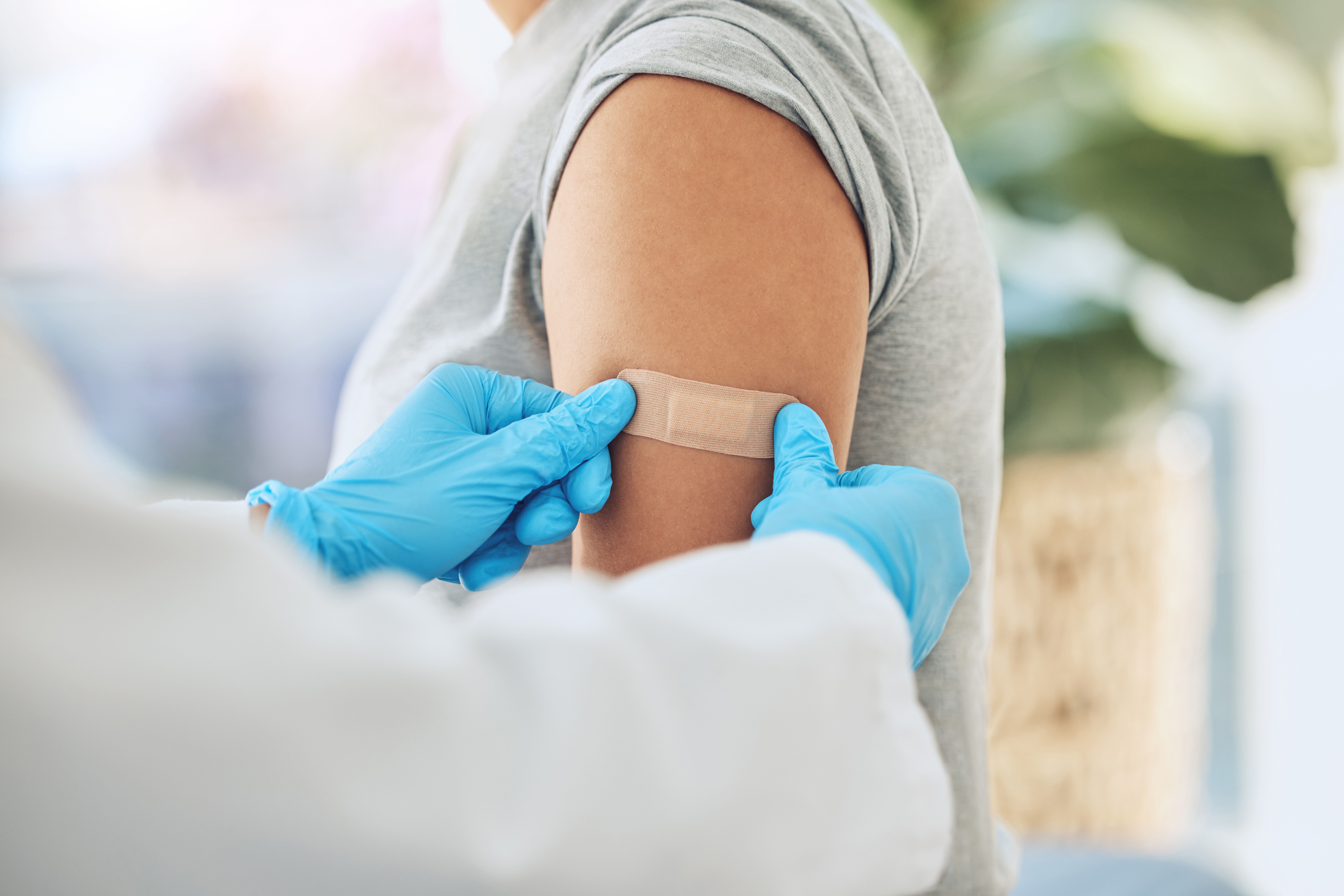Publication
Article
Pharmacy Times
Increase in ADHD Diagnoses Contributes to Adderall Shortage
Author(s):
Teva is unable to meet demand for dextroamphetamine/amphetamine, and other companies struggle to keep up.
In October 2022, the FDA announced a shortage of dextroamphetamine/amphetamine (Adderall; Teva Pharmaceuticals Industries Ltd),1 a common stimulant prescribed to individuals with attention-deficit/hyperactivity disorder (ADHD). Characterized by impulsivity, inattention, and hyperactivity, the condition is thought to affect 8.4% of children and 2.5% of adults in the United States.2 Branded and generic formulations of the drug boost levels of the neurotransmitters dopamine and norepinephrine in patients with ADHD, improving focus and motivation and reducing certain negative behavioral traits.3,4
Credit: BillionPhotos.com - stock.adobe.com

The shortage began when Teva Pharmaceuticals, the leading supplier of both the branded and generic versions, experienced packaging capacity problems that led to a nationwide supply chain disruption.4-6 With Teva unable to deliver its customarily high output, demand rose exponentially. Patients turned to other ADHD medication suppliers, but they were unable to meet the rapid growth in demand.4,5
As of March 2023, Teva continued to experience “unprecedented demand.”4 Although there is no official shortage of Adderall, the generic version is expected to remain on back order well into spring, drug shortage expert Erin Fox told NPR.5
The shortage has been exacerbated by a variety of factors, most particularly an increase in ADHD diagnoses and prescriptions as well as federal regulations.1,7 The number of such diagnoses grew by 31% from 2010 to 2017. Between 2019 and 2020, prescriptions rose by 7.4% among adults aged 22 to 44 years, more than doubling the increase seen between 2020 and 2021.7
The COVID-19 pandemic may have facilitated more diagnoses by highlighting existing and previously undiagnosed cases of ADHD. One response to the growing number of diagnoses has been a growing number of prescriptions, which surged from 35.5 million to 45 million between 2019 and 2022, although a survey of readers of ADDitude, an ADHD-focused magazine, found that just 26% had received a formal diagnosis during the pandemic.3
The federal government also relaxed its regulations, allowing telehealth providers to prescribe the drug to patients without seeing them in person. This increased the number of stimulants prescribed and led the United States Drug Enforcement Administration (DEA) to investigate those it thought overprescribed them. The DEA classifies dextroamphetamine/amphetamine as a Schedule II substance, putting it in the same category as opiates, which are heavily regulated.4
Despite the higher number of prescriptions, the DEA’s quota on total production of branded and generic dextroamphetamine/amphetamine3,4 has not risen to meet rising demand, and experts do not think it will.4
Not only has the shortage affected quantity, but it has also brought to light a growing backlash against quality. Patients have recently taken to TikTok to denounce the inefficacy of dextroamphetamine/amphetamine, some saying that it does not work as well as it used to, and others that it is fake or “different.”
Videos associated with “ADHD meds not working” have been viewed more than 15 million times on the service.8 One reason for the perceived change may be that the shortage forced physicians to prescribe different ADHD medications, said Sandy Mitchell, a clinical pharmacy specialist at VCU Health.1
Although patients who switched to a generic product should not experience “drastic differences,” some could be more sensitive to differences, said Anish Dube, chair of the American Psychiatric Association’s Council on Children, Adolescents, and their Families.1 In general, “it’s not as easy to switch medications as we would think,” said Duane Gordon, president of the Attention Deficit Disorder Association, adding that “different ADHD medications ultimately serve the same function, but it could take months to find the right dose.”4
References
- FDA announces shortage of Adderall. FDA. October 12, 2022. Accessed April 26, 2023. https://www.fda.gov/drugs/drug-safety-and-availability/fda-announces-shortage-adderall
- What is ADHD? American Psychiatric Association. June 2022. Accessed March 16, 2023. https://www.psychiatry.org/patients-families/adhd/what-is-adhd
- True S. ‘Not my problem’: regulators and drug makers deflect blame in ADHD medication shortage. The Baltimore Banner. March 8, 2023. Accessed March 13, 2023. https://www.thebaltimorebanner.com/community/public-health/adhd-medication-shortage-causes-BDDT6SACVZDGXE7ZIAZOONAQ7Q/
- Gatlin A. Adderall shortage puts Teva and others in the hot seat. Investor’s Business Daily. April 5, 2023. Accessed April 5, 2023. https://www.investors.com/news/technology/teva-stock-what-we-know-and-do-not-about-the-adderall-shortage/
- Lupkin S. Many people with ADHD can’t get their medication amid Adderall shortage. All Things Considered. February 22, 2023. Accessed on March 16, 2023. http://www.npr.org/2023/02/22/1158826128/many-people-with-adhd-cant-get-their-medication-amid-adderall-shortage
- Kansteiner F. Teva runs into Adderall supply hitch as ADHD diagnoses mount, pledges prompt restocking. Fierce Pharma. August 3, 2022. Accessed April 5, 2023. https://www.fiercepharma.com/manufacturing/teva-focuses-refueling-adderall-supply-channels-several-branded-and-generic-doses-go
- Disbrow, J. Op-ed: DEA and FDA rules exacerbate Adderall shortage. CNBC. February 28, 2023. Accessed April 11, 2023. https://www.cnbc.com/2023/02/28/op-ed-dea-and-fda-rules-exacerbate-adderall-shortage.html
- Blum D. People with ADHD claim Adderall is ‘different’ now. What’s going on? New York Times. March 9, 2023. Accessed March 16, 2023. https://www.nytimes.com/2023/03/09/well/live/adhd-adderall-shortage.html

Newsletter
Stay informed on drug updates, treatment guidelines, and pharmacy practice trends—subscribe to Pharmacy Times for weekly clinical insights.





